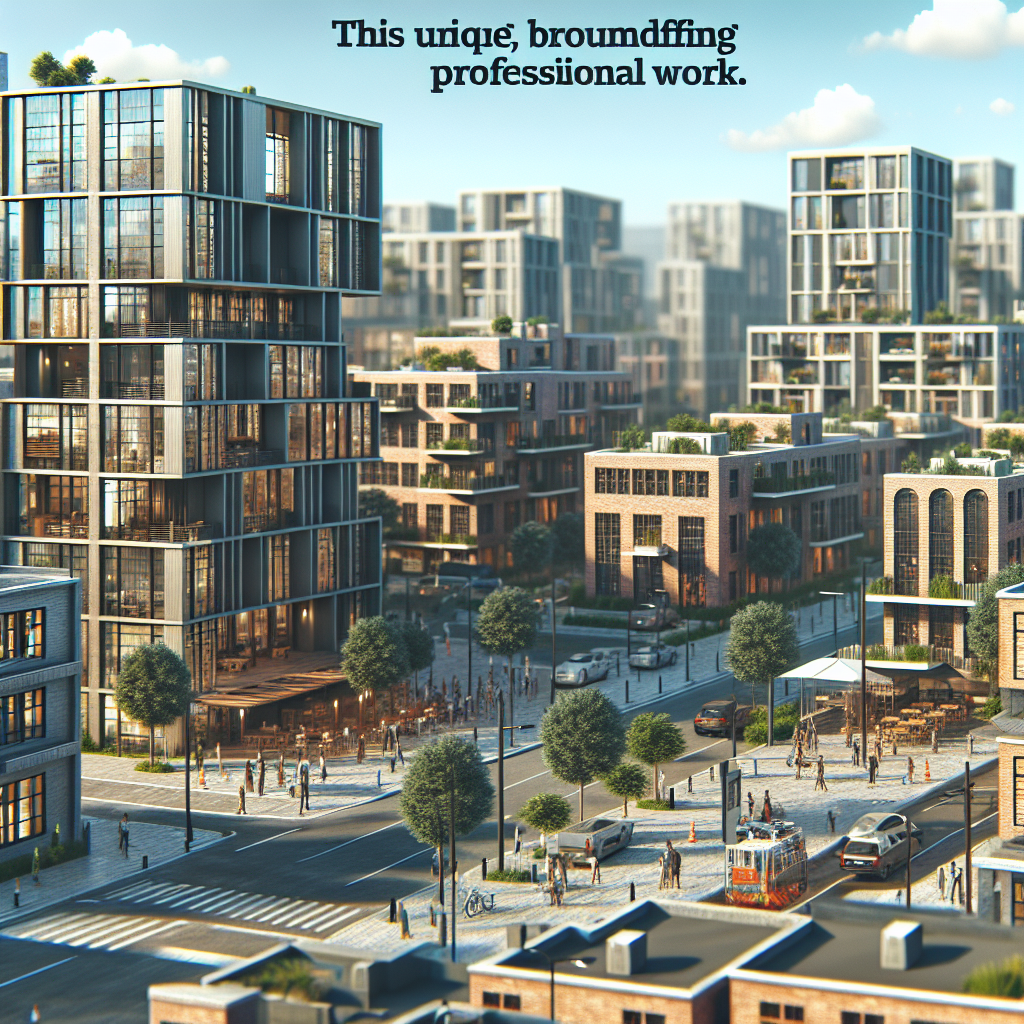In the sprawling metropolis of Alternative Education, a city on the cusp of inevitability, a cultural shift is happening. It’s not in their skyscrapers or roadways — it’s in classrooms where chalkboards have been replaced with interactive whiteboards and standardised tests ditched for experiential learning.
Getting there isn’t always straightforward; you don’t board a plane or load up the car for this adventure. You must sift through policy changes, innovative curricula development, and shifting societal expectations to reach it.
The local culture here throbs with vibrancy that rivals any holiday destination upon first impression. Schools championing alternative education models are more than just buildings; they’re magnets for forward-thinking families who desire vibrant neighbourhoods echoing similar values — nurtured by educators who see students as curious explorers rather than receptacles of memorized information.

The must-see attractions in this brave new world? Picture Montessori and Waldorf institutions sprouting amidst urban loft conversions and suburban greenfields alike – testimony to an undercurrent moving against uniformity towards personalized developmental spaces where children’s ideas drive their experiences.
Hidden gems aren’t schools but the homes surrounding them — growing evidence points to increasing home value cordoned within these school districts that foster innovation over rote-learning. Parents recognize that what happens inside those classrooms affects not just their child’s future but also their investments outside them.
A taste of local ‘cuisine’? It’s a blend of modern architectural designs accommodating both traditional home setups with nod-to-nature inspired homework nooks, creating conducive environments to nurture the curious minds of tomorrow.

Here, cultural experiences leave indelible impressions. New housing developments, driven by families seeking these holistic education models, are leading to community-focused neighborhoods with shared gardens and communal spaces that foster learning beyond the classroom walls.
Practical tips if you’re planning to join this boomtown? Research indicates a trend in upward home values tied to proximity of these schools. It’s wise then for potential investors and homeowners alike to follow this evidence as they navigate property markets.
In reflection, it’s eery how tangible ‘education’ has become — its influence isn’t limited to individual growth but spills over into community development and real estate dynamics. As an opinion columnist with significant interest in societal shifts affecting our day-to-day lives, witnessing this ripple effect continues to baffle me.
Why should you go? In essence because ‘Alternative Education City’ exists not just as an abstract concept or an online forum discussion anymore — its physical presence is dictating how communities evolve and where real estate booms will likely be next witnessed. Its palpable manifestation warrants attention from educators, parents, and developers alike for signs indicate that we have only seen the first wave of what I predict is going to be a surging tide in near future.
